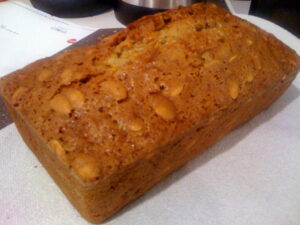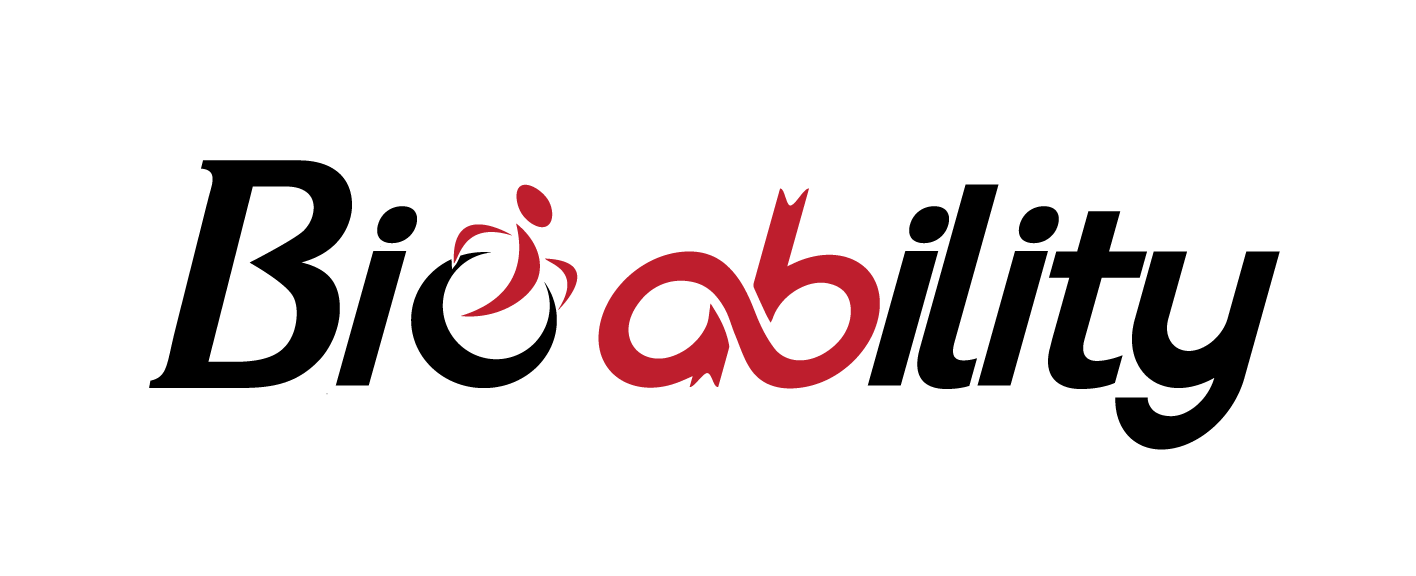October 1, 2023
The Ability Connection
Issue #13
Cerebral Palsy Day is October 6
World Cerebral Palsy Day is a global movement that started in 2012. that aims to bring together people living with cerebral palsy, their families, supporters, and organizations from over 100 countries. The aim is to ensure a future in which children and adults with cerebral palsy have the same rights, access and opportunities as anyone else in our society.
Cerebral palsy is a group of disorders that affect movement and muscle tone or posture. It’s caused by damage that occurs to the immature, developing brain, most often before birth. People with cerebral palsy can have problems swallowing and commonly have eye muscle imbalance, in which the eyes don’t focus on the same object. They also might have reduced range of motion at various joints of their bodies due to muscle stiffness.
Some people with cerebral palsy can walk; others need assistance.
Some people have intellectual disabilities, but others do not. Epilepsy, blindness or deafness might also be present. Cerebral palsy is a lifelong disorder. There is no cure, but treatments can help improve function. It’s recommended that children with cerebral palsy aim to get at least 60 minutes of physical exercise, 5 days a week. Every case of cerebral palsy is different, and each child will have varying recovery goals. Therefore, having an individualized exercise regimen will help cater to your child’s unique needs.
We at Bio Ability will partner with you and your child’s therapists to provide exercise opportunities that will help ensure that all the right areas are targeted and optimize your child’s ability to improve. We can provide one on one or small group exercise opportunities depending on the needs and abilities of the participants.
Invisible Disabilities Week is October 16-21
Invisible Disabilities Week was first founded in 2014 by the Invisible Disabilities Association (IDA). What are Invisible Disabilities? Invisible disabilities are conditions that affect a person’s abilities but are not visible to others. The realm of invisible disabilities, sometimes called non-apparent disabilities, covers a wide array of chronic illnesses and conditions that even those who live with them sometimes don’t think to categorize that way.
The Center for Disability Rights lists the following as examples of invisible disabilities: learning differences, deafness, autism, prosthetics, traumatic brain Injury, mental health disabilities, bipolar disorder, diabetes, ADHD, fibromyalgia, arthritis, Alzheimer’s, anxiety, sleep disorder, Crohn’s disease, post-traumatic stress disorder, epilepsy, multiple sclerosis, and cystic fibrosis, but there are many others.
The number of disabled people in our country is legion and growing, but it’s hard to say exactly how many invisibly disabled people there are, because so many of us don’t think to—or are afraid to—identify ourselves that way. The CDC estimates that approximately 26 percent of the population lives with a disability, including non-apparent and invisible ones. That’s one in four people.
Bio Ability strives to provide services to persons of all ages and abilities, even those with invisible disabilities. Contact us, tell us your needs and goals and we will work with you to come up with a plan to improve your health, mobility, and quality of life.
What’s happening?
Caregivers’ Night Out is a drop off service we are offering monthly to give caregivers the much-needed respite and time to go out or stay in and have time to yourself to decompress and unwind. Caregivers’ Night Out is scheduled October 28 from 4-7. If interested, please register right away as it will be first come first serve and spots are limited.
Open Gym will be Sunday October 29th starting at 6PM. Come one, come all and bring your friends and family. Stop by and see the facility and what we have to offer. Enjoy an evening of games, treats and fun with friends. Sign up for a class on or before the Open House for $10 off your first month.
NEW CLASSES:
Caregiver’s Support is gymnastics focused camp provided during the school year to provide caregivers with some much-needed support for a time during the day. The structured schedule ensures a balanced mix of sensory exploration, physical activity, communication, social interaction, and individualized attention tailored to children with special needs. The class encourages parental involvement and feedback to create a supportive and inclusive learning environment.
Sensory Gymnastics is an inclusive class specially designed to cater to children with various special needs. This class aims to provide a safe and supportive environment where these children can explore the world of gymnastics while addressing their sensory, physical, and social needs. Through structured activities, sensory stimulation, and a nurturing environment, this class aims to empower children to reach their full potential while enjoying the benefits of physical activity and social interaction.
Functional Fitness for Seniors is designed to improve mobility and increase independence in activities of daily living. Older adults often lose their independence because of a reduced ability to perform movements like sitting in or getting up from a chair or being able to reach food on the top shelf. This class focuses on strengthening the muscles and coordination required to perform these daily activities and more.
Fall Prevention Class is designed to improve balance in older individuals. Balance and physical activity are essential in preventing falls, a leading cause of both fatal and non-fatal injury in older adults. This class will focus on both activity and non-activity-based aspects of preventing falls. It will include stretching, strengthening and balance exercises among other things.
October Class Schedule
MTW 4:30 pm Adaptive Ability Ninja
MTW 5:30 pm Adaptive Fitness
TTH 9-11 am Caregivers’ Support Class
TTH 11:00 am Sensory Gymnastics
Sat 10:00 am Functional Fitness for Seniors (starts Oct 7)
Sat 11:00 am Fall Prevention (starts Oct 7)
Exercise of the Month: Core Exercises for Cerebral Palsy
Deep Breathing. Most people associate the diaphragm with respiratory function, but did you know that it also plays an important role in core stability? …
Trunk Twists. These can help develop the core muscles that provide this movement. You can add resistance with an exercise band attached to a wall, door or other sturdy item.
This exercise specifically target your abdominal muscles which support your low back and are important for better posture and balance.
Back extensions. These exercises help you to sit up and or stand up straight and tall supporting the weight of your head and body.
Knees to Chest. This exercise not only strengthens your hip flexors but also stretches out your lower back and hamstrings.
Recipe of the Month: Healthy Pumpkin Bread Recipe (eatright.org)
Ingredients
Vegetable oil or cooking spray
2⅔ cups sugar
⅓ cup canola oil
⅓ cups unsweetened applesauce
1 15-ounce can pumpkin
4 eggs
⅔ cup nonfat plain yogurt
2⅔ cups all-purpose flour
⅔ cup toasted wheat germ
1½ teaspoons salt
2 teaspoons baking soda
1½ teaspoons baking powder
1 teaspoon ground cloves
1 teaspoon ground cinnamon
1 teaspoon ground nutmeg
1½ cups raisins
Directions
-
- Preheat oven to 350 °F. Spray two 8 ½-by-4 ½-by 2 ½-inch loaf pans or 24 muffin tins with cooking spray.
- Cream together sugar, canola oil, applesauce, pumpkin, eggs and yogurt until smooth.
- Stir together flour, wheat germ, salt, baking soda, baking powder, cloves, cinnamon and nutmeg.
- Combine the dry mixture with the wet mixture; stir until well combined. Fold in raisins.
- Pour into prepared pans (fill muffin tins ⅔ full). Bake for 50 minutes (loaves) or 25 minutes (muffins).
Instead of raisins, substitute sweetened dried cranberries, which lend a tangy taste.
Nutrition Information
Serving size: 1/12 of one loaf or one muffin
Calories: 240; Total Fat: 4.5g; Saturated Fat: 0.5g; Cholesterol: 35mg; Sodium: 300mg; Total Carbohydrate: 46g; Dietary Fiber: 2g; Protein: 4g.

